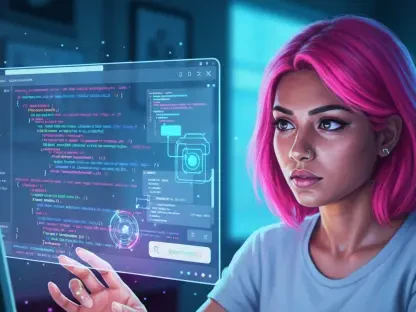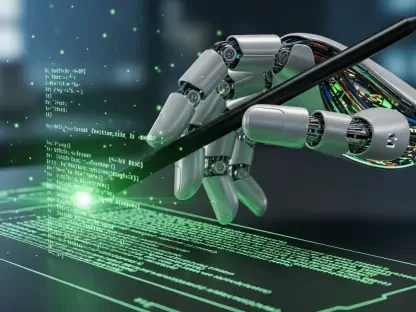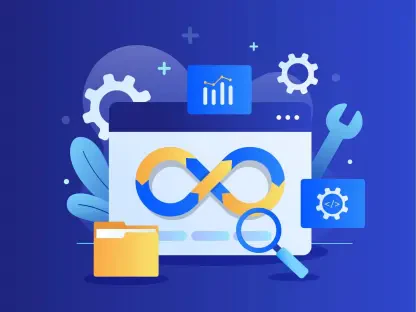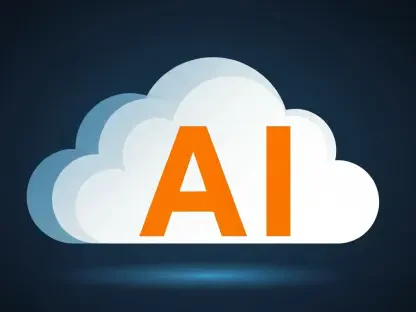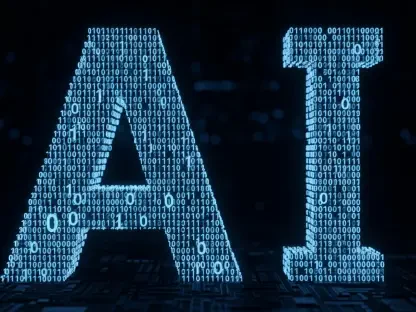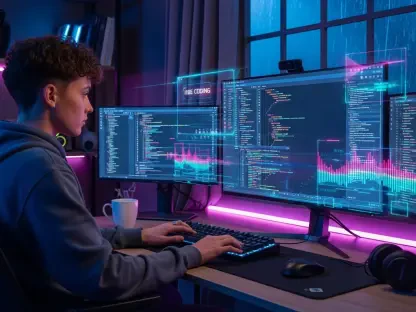I’m thrilled to sit down with Anand Naidu, our resident development expert, who brings a wealth of knowledge in both frontend and backend development. With his deep understanding of various coding languages, Anand is the perfect person to guide us through the complex landscape of AI-driven software development. In this conversation, we’ll explore the surge of AI-generated code, the security risks it introduces, the challenges of human oversight, and the unpredictable nature of AI behavior. We’ll also dive into emerging threats like prompt injection and the impact of unchecked AI tools in development workflows. Let’s uncover the opportunities and pitfalls of this rapidly evolving field.
How do you view the dramatic rise in AI-generated code in recent years?
The rise of AI-generated code is both exciting and concerning. On one hand, it’s accelerating development cycles, allowing teams to prototype and iterate at an unprecedented pace. On the other, the sheer volume of code being produced often outstrips our ability to ensure its quality. I’ve seen firsthand how AI can churn out functional code quickly, but it often lacks the nuanced understanding of context or long-term maintainability that human developers bring to the table. It’s a double-edged sword—productivity is up, but so are the risks if we’re not careful.
What specific shortcomings have you noticed in AI-generated code compared to human-written code?
One major issue is that AI often prioritizes speed over precision. It might generate code that works in the short term but doesn’t account for edge cases or scalability. For instance, I’ve seen AI suggest libraries or frameworks that are outdated or even deprecated, which can introduce vulnerabilities. Unlike human developers, AI doesn’t inherently “think” about the broader architecture or security implications unless explicitly prompted to do so, and even then, it can miss critical details.
Why do you think AI-generated code tends to be less secure than code crafted by humans?
A big reason is the data AI is trained on. It pulls from vast swaths of internet code, which includes everything from brilliant solutions to poorly written, insecure snippets. There’s no built-in filter for quality or security, so the output can inherit flaws from its training data. I’ve also noticed that AI sometimes struggles with context-specific security requirements—like adhering to a company’s internal guidelines or industry standards—because it’s working off generalized patterns rather than tailored knowledge.
Have you encountered instances where AI has introduced risky or outdated libraries into projects?
Absolutely. I’ve seen AI tools suggest libraries that haven’t been updated in years, sometimes even ones with known vulnerabilities. In one project, an AI tool recommended a dependency that had been flagged for a critical security flaw months earlier. It’s not that the AI is malicious; it just doesn’t have the real-time awareness or judgment to prioritize secure, current options. Without human review, these suggestions can slip into production and become ticking time bombs.
With the explosion of code volume, how is the lack of human oversight impacting software development?
It’s creating a dangerous gap. Developers are already stretched thin, and now they’re expected to review massive amounts of AI-generated code on top of their regular workload. The reality is, thorough code reviews are often sacrificed for speed. I’ve seen teams adopt a “good enough” mentality, where they trust the AI output without digging deeper. This can lead to bugs, security holes, or technical debt piling up unnoticed until it’s too late.
What strategies would you recommend to balance the flood of AI-generated code with proper quality checks?
First, organizations need to establish clear guidelines for AI tool usage—define what can be automated and what requires human sign-off. Automated static code analysis tools can help catch obvious issues in AI output before they reach developers for review. Also, fostering a culture of accountability is key; developers should treat AI code as a starting point, not a finished product. Lastly, investing in training helps teams understand AI’s limitations and spot red flags early. It’s about blending automation with human judgment.
Can you explain how AI’s behavior differs from traditional software and why that matters?
Unlike traditional software, where behavior is deterministic and based on explicit rules, AI operates on probabilistic models. Its outputs depend on training data and inputs, which means they’re not always predictable or repeatable. This opacity makes it tough to anticipate how AI will respond in edge cases or under attack. For developers, this is a shift from debugging logic to debugging behavior, which is far messier and introduces risks we’re still learning to manage.
How does this unpredictability in AI create new security challenges for developers?
The unpredictability opens doors for novel attacks like prompt injection, where malicious inputs can trick AI into producing harmful outputs or leaking data. Traditional security models aren’t built for this kind of manipulation. Plus, since AI can inadvertently expose sensitive information from its training data, there’s a risk of intellectual property or secrets slipping out. Developers now have to secure not just the code but the AI’s entire ecosystem, which is a steep learning curve.
What are some of the most pressing risks you’ve observed with AI in software development?
One major risk is data leakage. AI tools trained on internal datasets can accidentally reveal sensitive information if not properly sandboxed. Another concern is supply chain vulnerabilities—using third-party models or APIs without vetting their security practices can introduce hidden risks. And then there’s “shadow AI,” where teams deploy AI tools without oversight, bypassing governance entirely. I’ve heard of cases where rogue implementations led to major breaches because no one was watching the back door.
How concerned are you about attackers manipulating AI inputs or outputs to cause damage?
I’m very concerned. Attacks like prompt injection are already happening—think of an attacker feeding malicious prompts to an AI coding assistant to generate exploitable code or extract confidential data. These tactics exploit the trust we place in AI outputs. As AI becomes more integrated into workflows, the attack surface grows. It’s not just theoretical; researchers have demonstrated real-world exploits, and I expect we’ll see more sophisticated attempts as attackers catch up to the tech.
What’s your take on Gartner’s prediction that over 50% of successful cyberattacks on AI will involve prompt injection by 2029?
I think it’s a sobering but realistic forecast. Prompt injection is a low-barrier attack vector—attackers don’t need deep technical skills to experiment with malicious inputs. I’ve seen early examples in AI-driven chat tools where crafted prompts could bypass safeguards and extract unintended information. The stat underscores how critical it is to prioritize input validation and access controls now, before these attacks become mainstream.
What steps can companies take today to protect against prompt injection and similar threats?
Start by treating AI inputs like any other untrusted data—sanitize and validate them rigorously. Implement strict access controls to limit who can interact with AI systems and what they can ask. Companies should also deploy monitoring to detect anomalous behavior in AI outputs. Beyond tech, there’s a need for policy—establish clear rules on AI usage and ensure teams are trained to recognize manipulation risks. Defense-in-depth is the name of the game; no single fix will cover all bases.
What is your forecast for the future of AI in software development over the next decade?
I believe AI will become even more embedded in development workflows, potentially handling entire pipelines from design to deployment. However, I also foresee a growing backlash as security incidents pile up, pushing for stricter regulations and standards. We’ll likely see a hybrid model emerge, where AI handles repetitive tasks but critical decisions remain human-driven. The challenge will be striking the right balance—leveraging AI’s power without letting its risks spiral out of control. I’m optimistic, but we’ve got a bumpy road ahead.


